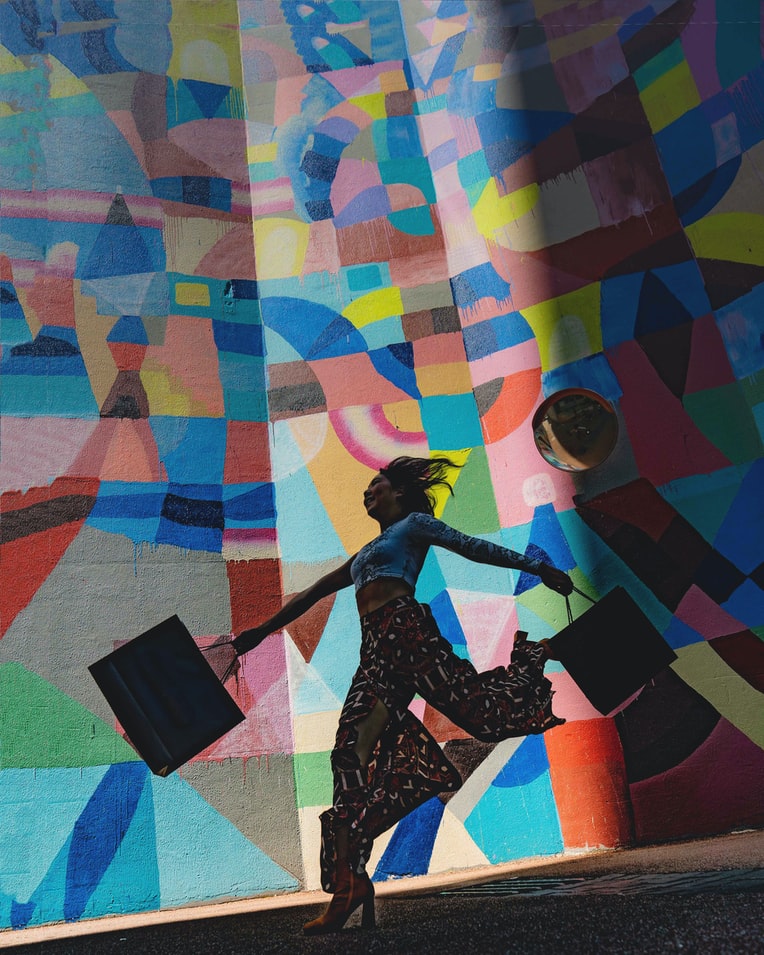“I want that bag/shoes/dress!” – How many times have we heard and eagerly uttered a similar phrase ourselves? Selfless maximalists repeat it several times a day, followers of conscious consumption maximum once a season. But the essence does not change from this: fashion knows how to seduce and evoke a feeling, dangerously close to sexual excitement. And it’s not just about the things that turn people who buy them into objects of desire for others, but rather about what ignites the subject’s own imagination.
Kim Johnson, an interdisciplinary researcher in fashion psychology at the University of Minnesota, cites this data in her paper “Dress, Body and Ourselves”: years of observations of online and offline shoppers (pre-loaded with sensors, of course) show a significant increase in their blood dopamine, adrenaline and serotonin while trying on or even just looking at the item they like. “These are all hormones that we’re used to associating with the chemistry of romantic infatuation,” says the author. – The very same one about which poems are written and melodramas are made. What, it would seem, do new shoes have to do with it?”
We certainly don’t need the arguments of scientists to admit: shopping can bring sensory pleasure.
But we certainly don’t need the arguments of scientists to believe that shopping can bring sensual pleasure. It is much more interesting to understand how specific models become desirable and remain so from season to season, or, conversely, go out of sight. And it is no longer so much for biologists as for sociologists to answer this question. One of the pillars of modern fashion theory, Professor Diane Crane points out a basic principle, which we will formulate as simply as possible: everyone wants to be “like everyone else” in their social group, but they look up to the strongest/most successful/influential members of this group and do not mind adding some individual features to their image. What does this mean in an era of post-globalisation, celebrity culture and the rise of Generation Z? Firstly, the notion of ‘social group’ has dramatically expanded: we are now just as enthusiastic about including our office colleague as we are about including Meghan Markle. Not because we could theoretically marry Prince Harry, but because we know as much about the latter’s wardrobe as we do about the former’s. Besides, thanks to the trend of democratisation of the tastes of the elite we can afford much more from it than before. Secondly, the only thing that matters in a person whose taste we are guided by when formulating a request to the universe is his social capital and, consequently, the level of trust. This idea is confirmed by the buyers. For example, the team at Macy’s says that international stylists and Instagram stars play a major role in creating trends and demand. They are especially important in the life cycle of very young brands. For example, the recognisable bow shoes of Georgian duo Mach & Mach have gained covetable status thanks to Dua Lipa’s personal stylist Lorenzo Pozocco and the singer’s appearance in DoubleBow shoes. And Florentine brand Gia Borghini owes its popularity to collaborations with influencers ranging from Pernille Theisbeck to Rosie Huntington-Whiteley.
As for the new version of individuality, Katy Dobson, owner of a famous boutique, puts it best: ‘For me personally, the most coveted accessory of the season was the Margaux alligator bag, The Row. I saw it in Ashley Olsen’s hands and thought no one but her and her sister could handle a crocodile so casually. They’re downright inspiring and at the same time make you play the fashion game of “Could I think of a better way to wear this or just in my own way?” Very interesting!”






